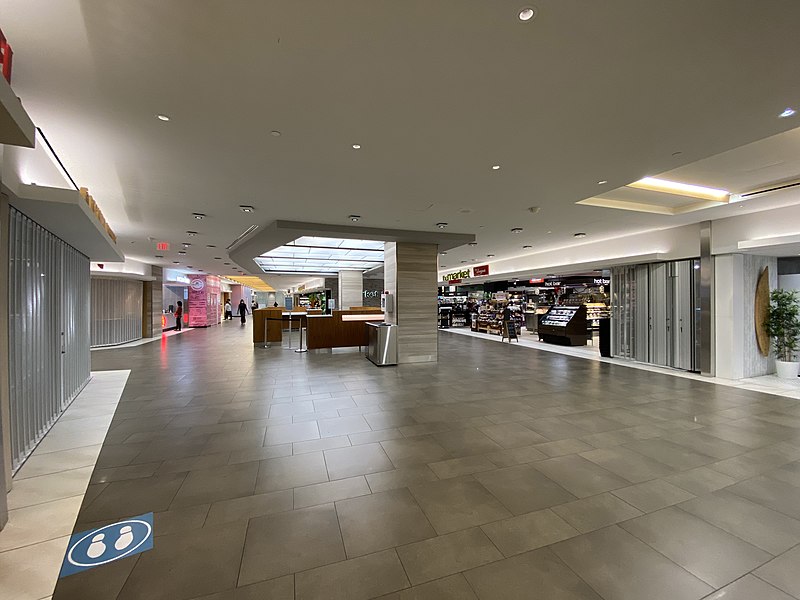Introduction:
When it comes to legal basements, one crucial element that significantly impacts their functionality and compliance is the presence of a separate entrance. A separate entrance not only enhances the privacy and independence of occupants but also plays a vital role in meeting regulatory requirements. In this blog, we will explore the importance of having a separate entrance for legal basements and how it benefits both homeowners and tenants.
Compliance with Zoning and Building Codes:
Many municipalities have specific zoning regulations that dictate the requirements for legal basements. A separate entrance is often a fundamental requirement to meet these regulations. Zoning laws aim to ensure that basements are safe, accessible, and meet specific standards for rental accommodation. By having a separate entrance, you demonstrate compliance with these regulations, which is essential for obtaining the necessary permits and ensuring the legality of your rental unit.
Privacy and Independence:
A separate entrance provides a clear boundary between the primary dwelling and the basement suite, promoting privacy and independence for both homeowners and tenants. It allows tenants to enter and exit the basement without interfering with the main living space, reducing disturbances and maintaining a sense of personal space. This separation of living areas is highly valued by tenants and can lead to a more harmonious living arrangement.
Convenience and Flexibility:
A separate entrance offers convenience and flexibility for both homeowners and tenants. Homeowners can maintain their privacy and access to their primary residence without having to go through the basement suite. Tenants can come and go without disturbing the main household, offering a greater sense of autonomy. This separate access also simplifies logistics, such as moving furniture or belongings into the basement, as it eliminates the need to navigate through the main living areas.
Safety and Emergency Situations:
Having a separate entrance enhances safety measures for legal basements. In the event of an emergency, such as a fire or other evacuation scenarios, a separate entrance allows tenants to exit quickly and safely without interference from the primary dwelling. It provides a dedicated exit route that can be easily accessed and clearly marked, ensuring the well-being of occupants in critical situations.
Marketability and Rental Income:
A separate entrance can significantly impact the marketability and rental income potential of a legal basement. Many tenants actively seek accommodations with separate entrances due to the added privacy and independence they offer. By providing a separate entrance, you can attract a larger pool of potential tenants, increase the demand for your rental unit, and potentially command higher rental rates. This not only benefits homeowners financially but also helps to ensure a stable rental income stream.
Conclusion:
When it comes to legal basements, a separate entrance is more than just a convenience—it is a crucial aspect that ensures compliance with zoning regulations, enhances privacy, provides safety measures, and boosts marketability. By incorporating a separate entrance, homeowners can create a distinct and independent living space, attracting tenants who value privacy and autonomy. If you are considering legalizing your basement, be sure to prioritize the inclusion of a separate entrance to ensure compliance with regulations and create a desirable rental space for potential tenants.
Image – wikicommons
|
ReplyForward
|
